Student Considerations
At the core of every adaption is the student. By looking at the CVI characteristics of our students we determined how best to address their individual vision needs. Which includes:
- Complexity – Reducing complexity of the background array (both in the broader environment and for viewing individual targets)
- Distance Viewing
- Novelty
- Light
- Movement
- Color Preference
- Field Preference
- Latency
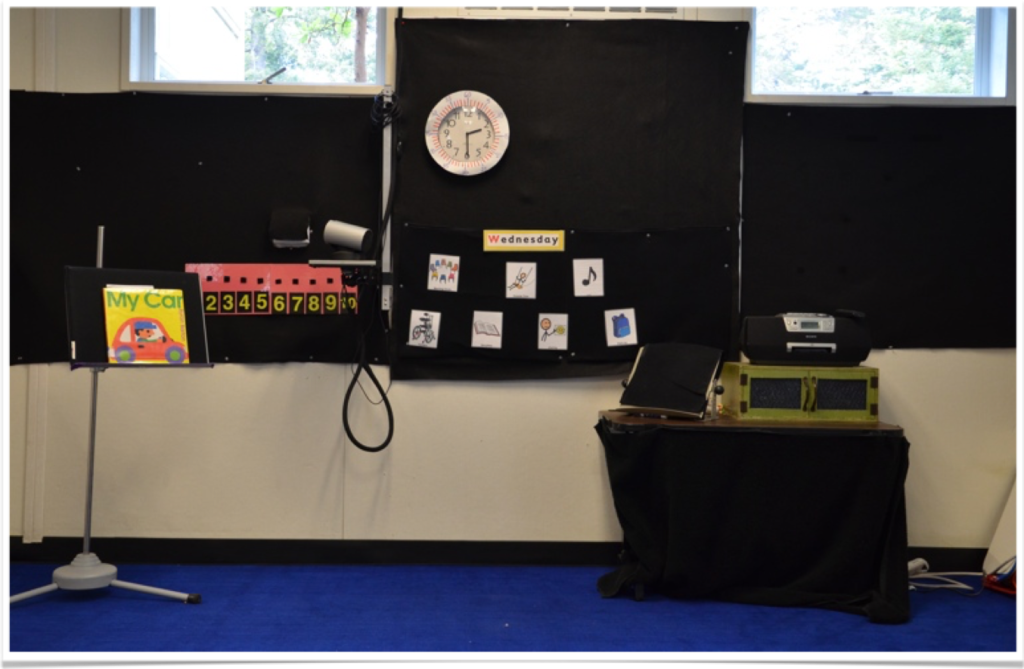
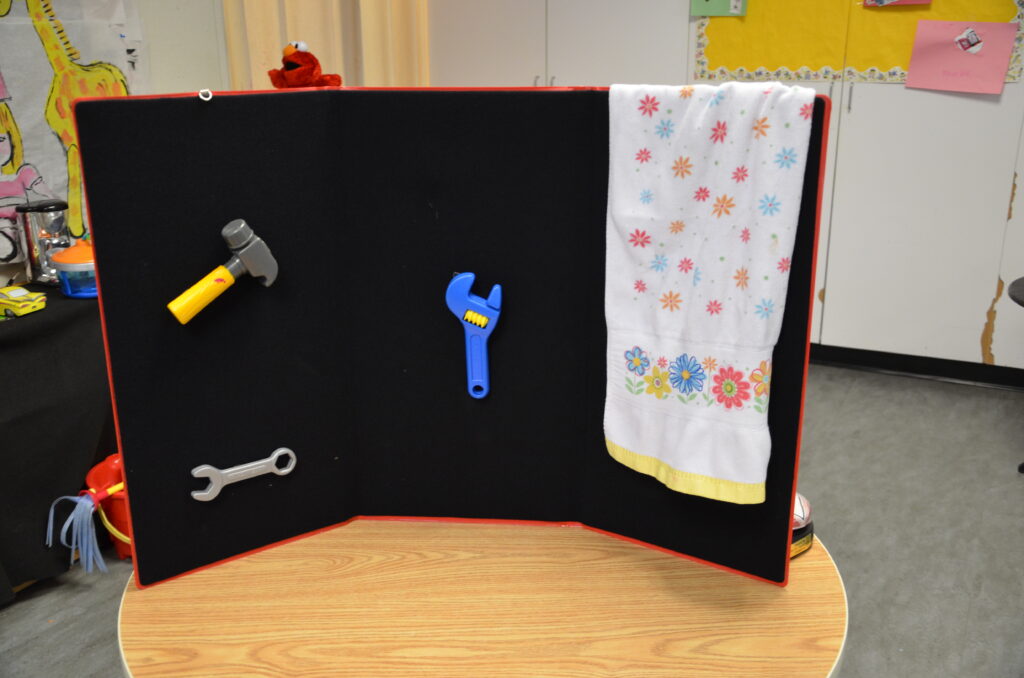


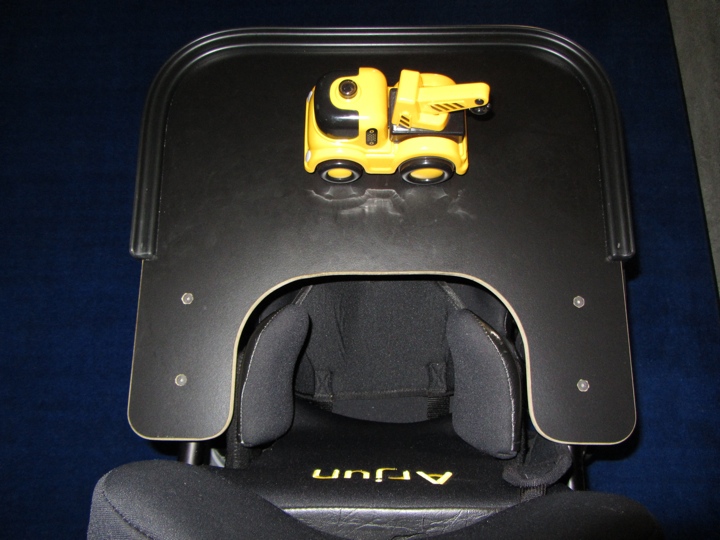
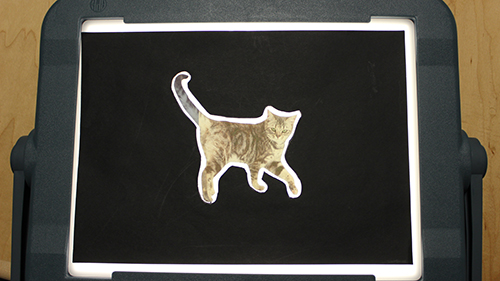
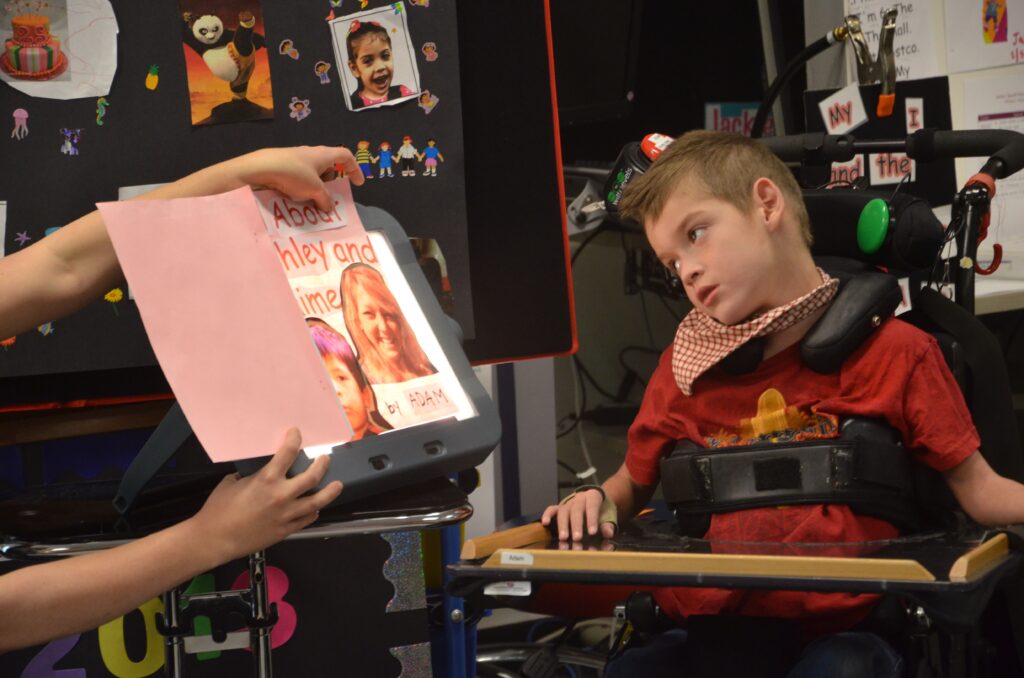
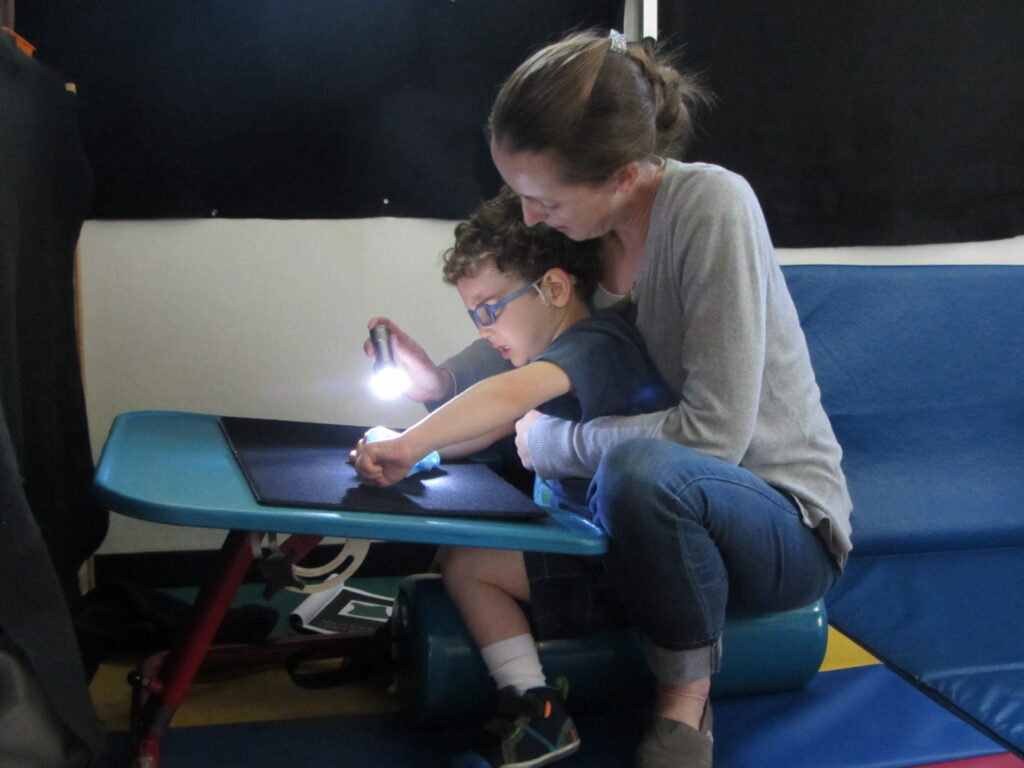
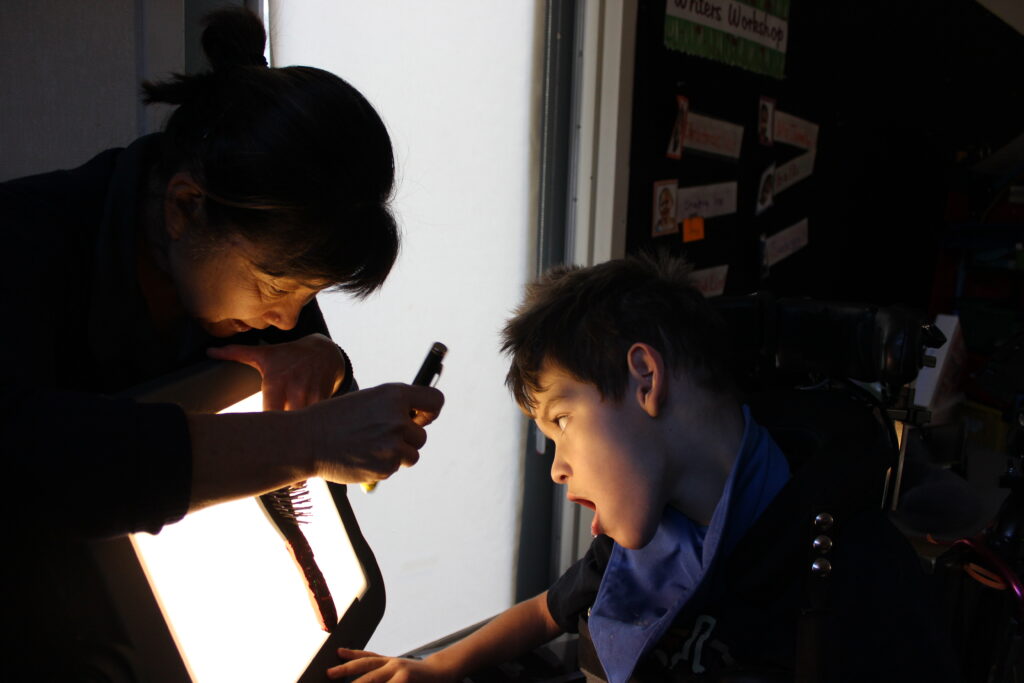

Environmental Considerations
- Classroom space
- Desk space
- Noise levels
- Lighting
With these characteristics in mind we looked at our pretend play and art areas. It was clear we needed to reduce the visual complexity of the areas so that students could more easily find, interpret and know the areas of the classroom as well as the toys, props and objects included in each area as they relate to the theme.
Adaptations included:
- Reducing the complexity of the environmental array so that key areas of the classroom could be found and identified.
- Reducing complexity by adding black backgrounds to student wheelchair trays.
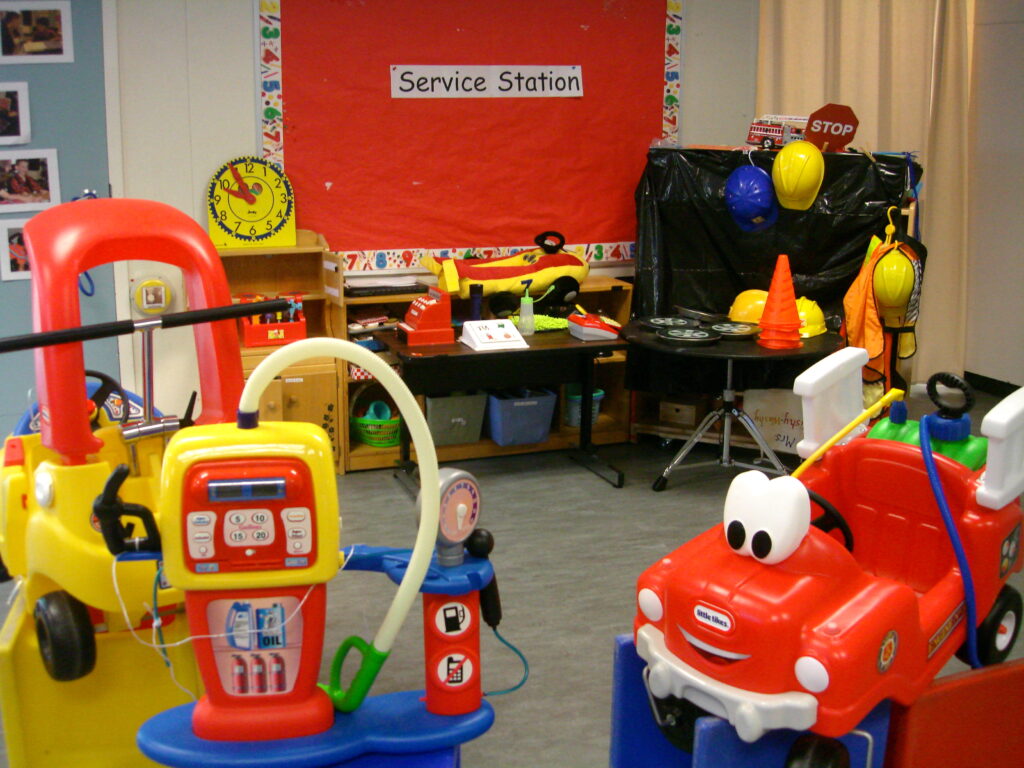

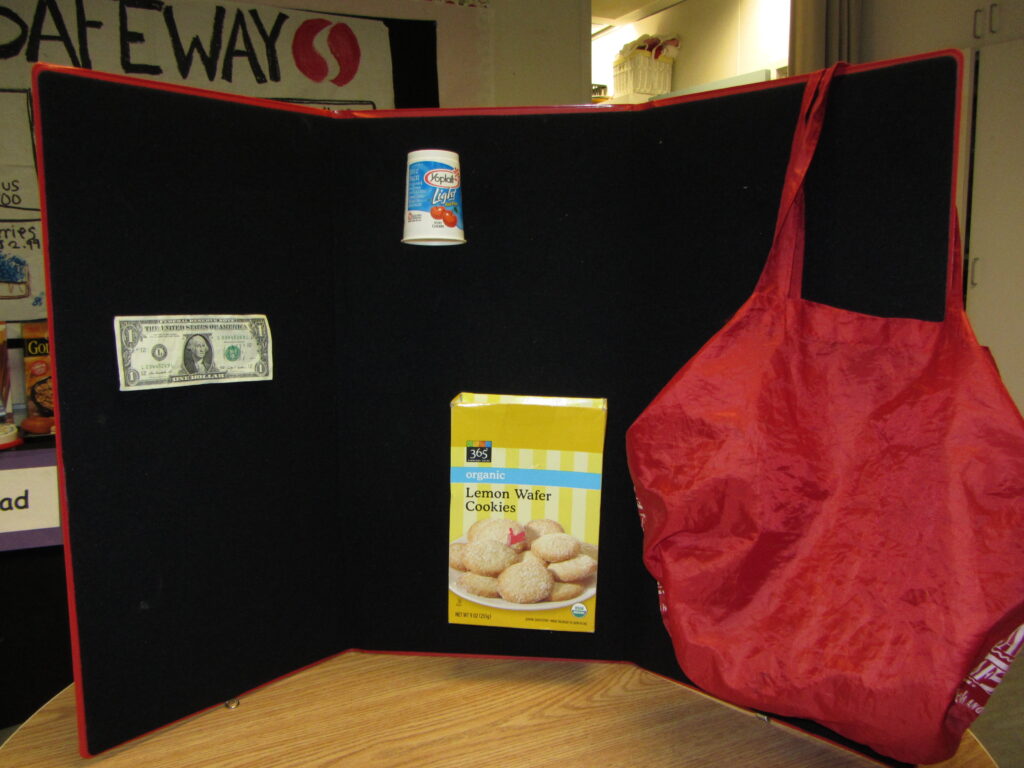
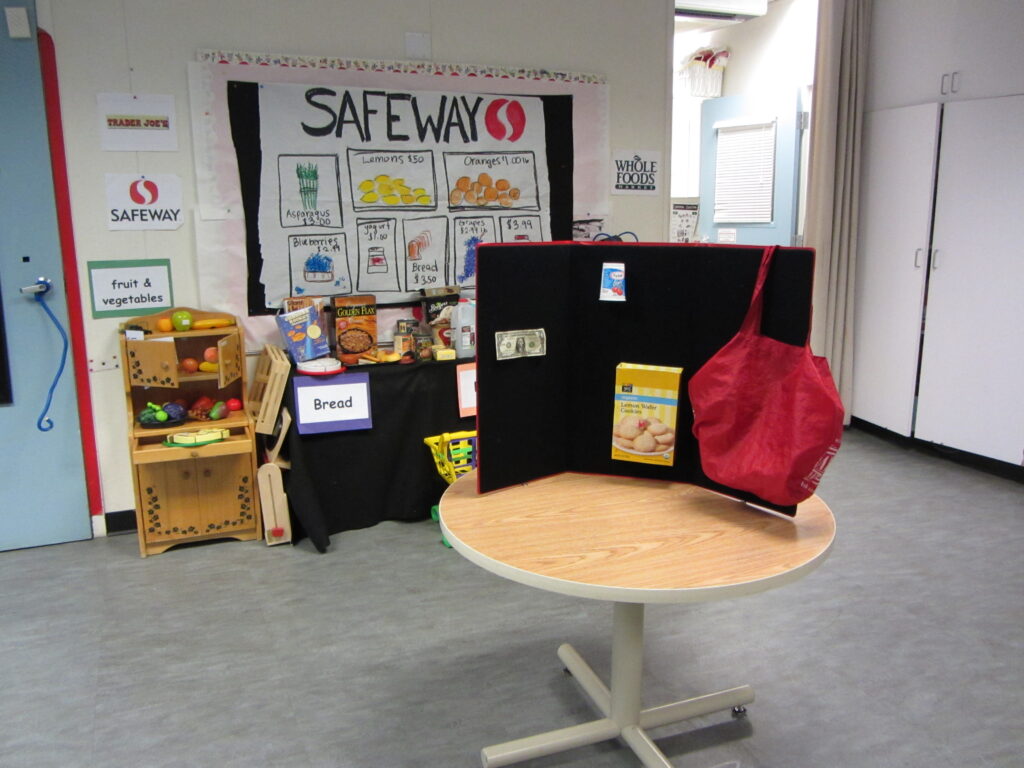
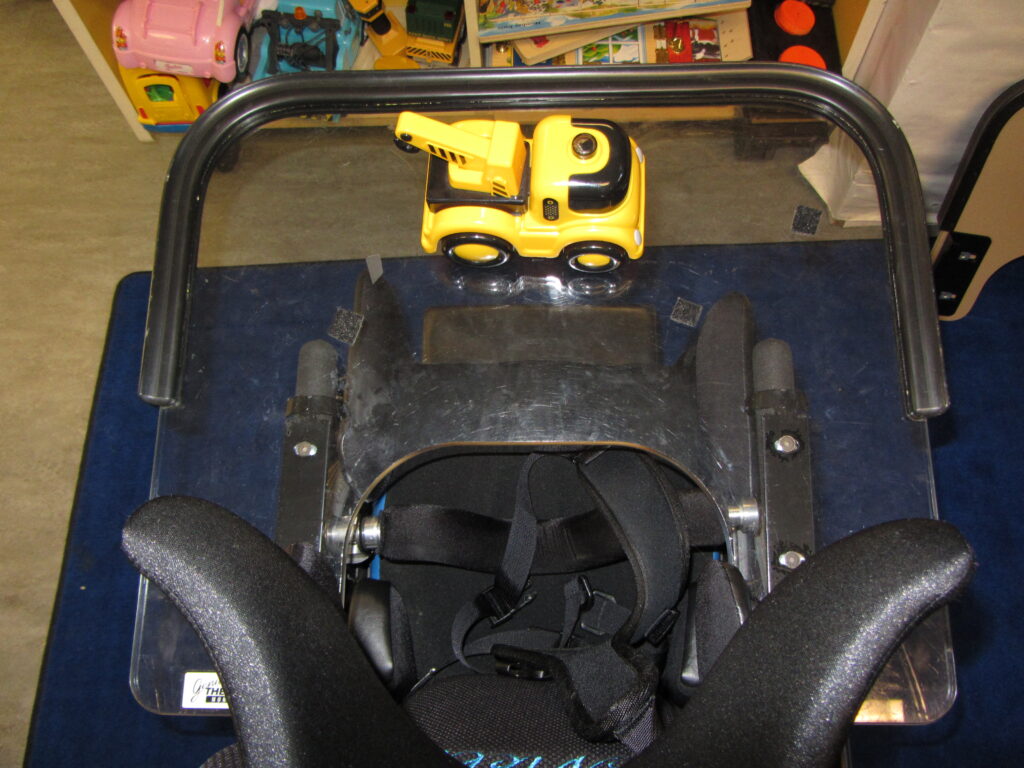

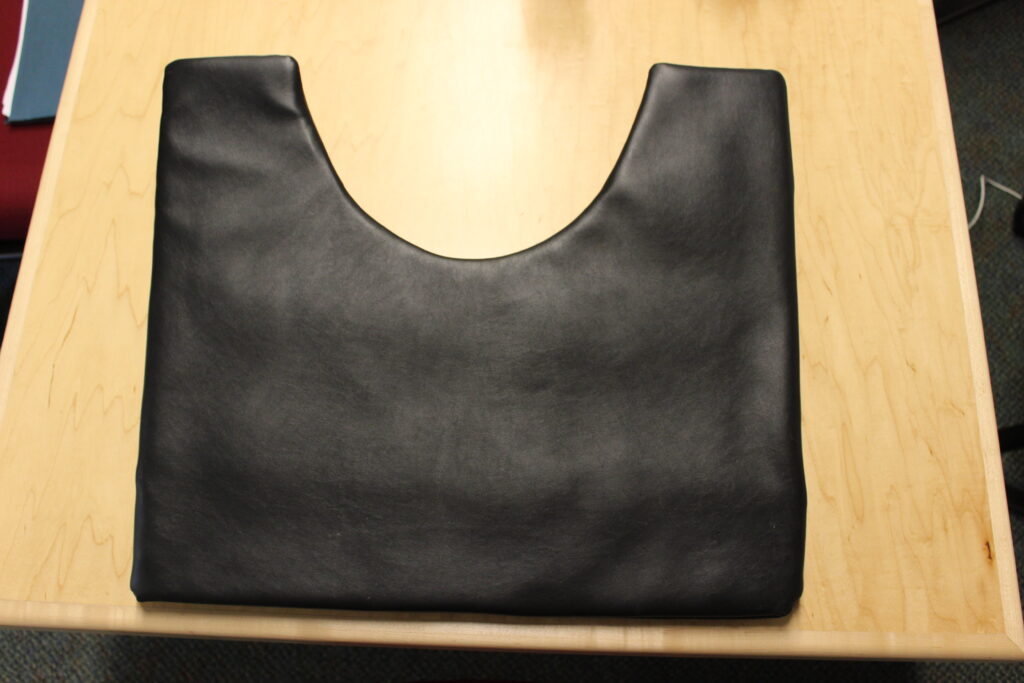
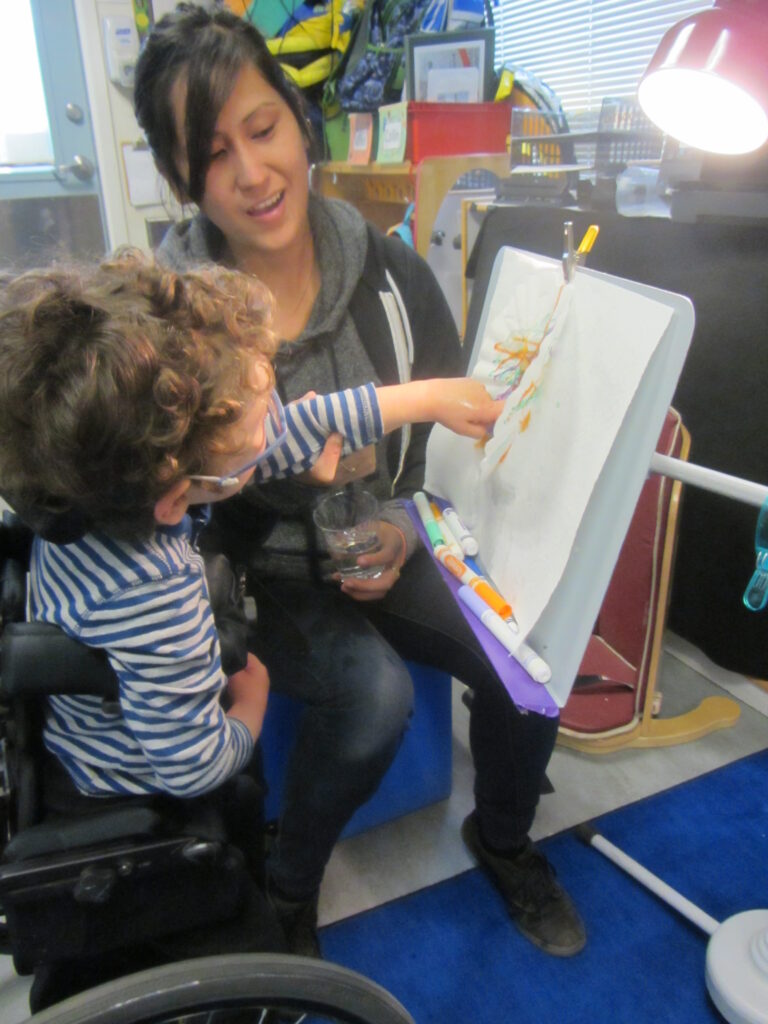
Teacher Considerations
- Materials
- Instructional strategies
- Prompting language
- Lesson planning
As a staff we began to understand the importance of having the expectation that a student will look at objects given appropriate adaptations. With this in mind we set about mostly adapting the objects around each Center’s thematic unit and discussed how we would introduce novel objects. We wanted to support the expectation of looking but balance that with the need for a young learner to also just actively do and experience something.
Adaptions included:
- Using objects that were 1-3 colors
- Using objects that contained at least one preferred color
- Labeling objects with their visual salient features so staff consistently describes new objects to students
- Black felt boards to present objects against
- Flashlights to shine light as needed to attract visual attention towards an object
- Providing sufficient quiet wait time to allow the student time to visually orient towards an object
- Placing objects within a student’s preferred visual field and within an appropriate distance

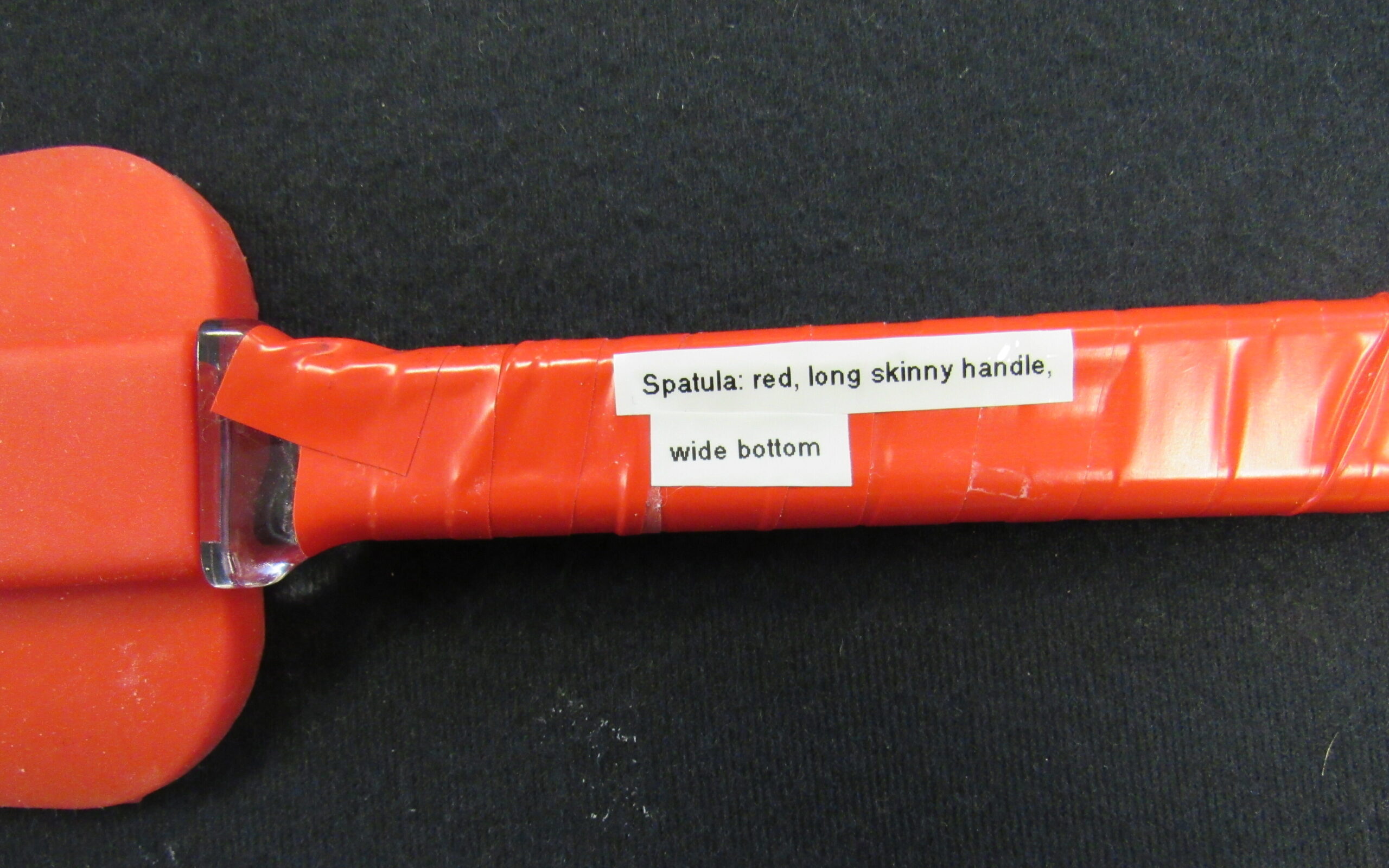

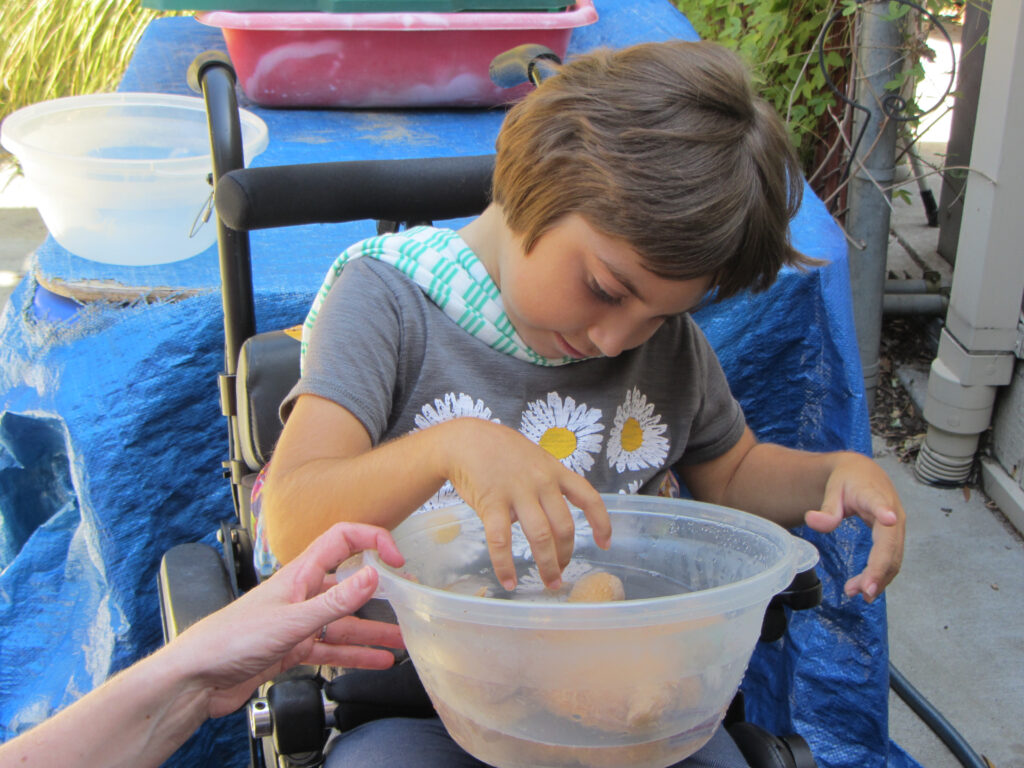
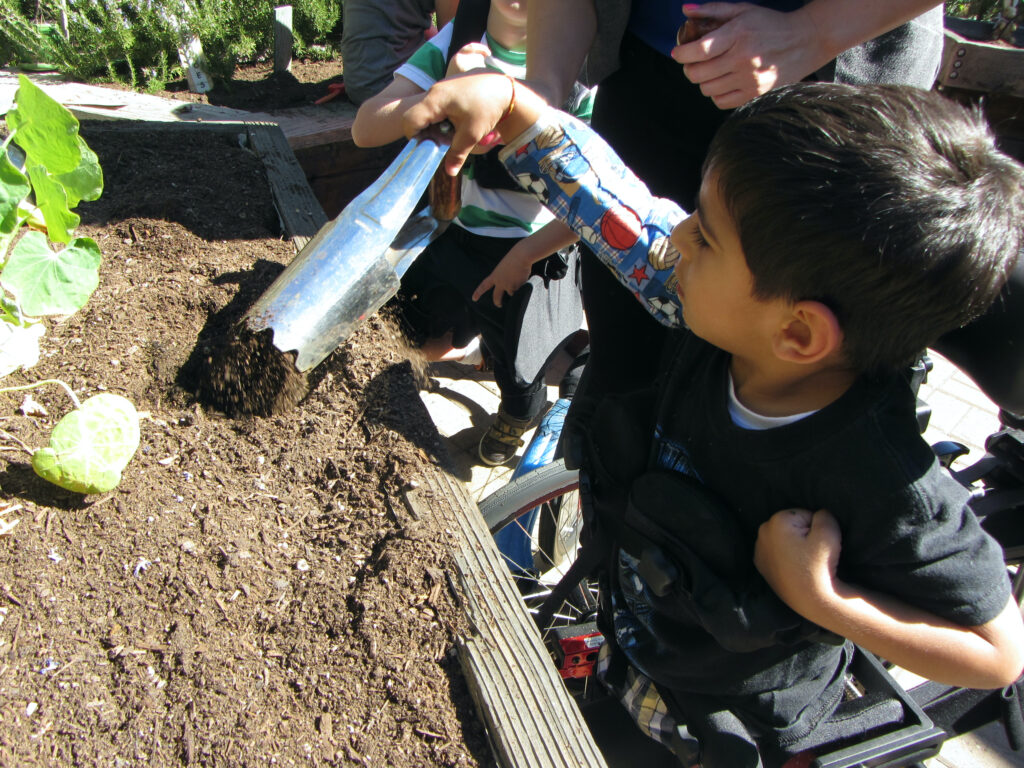


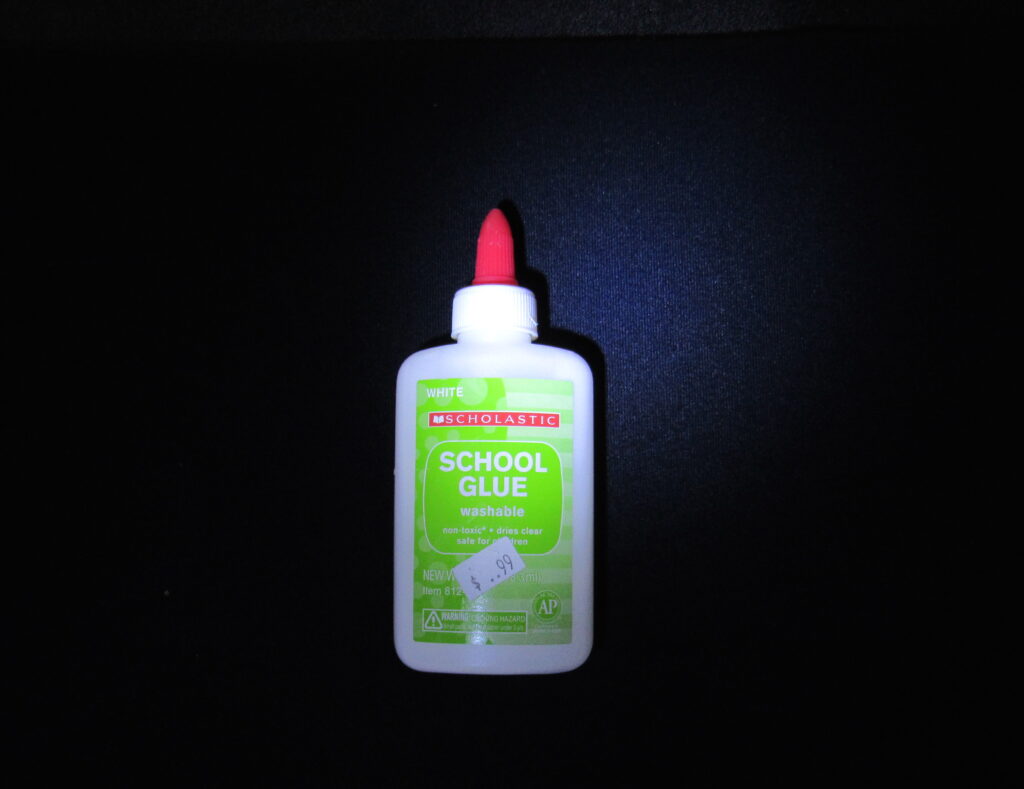
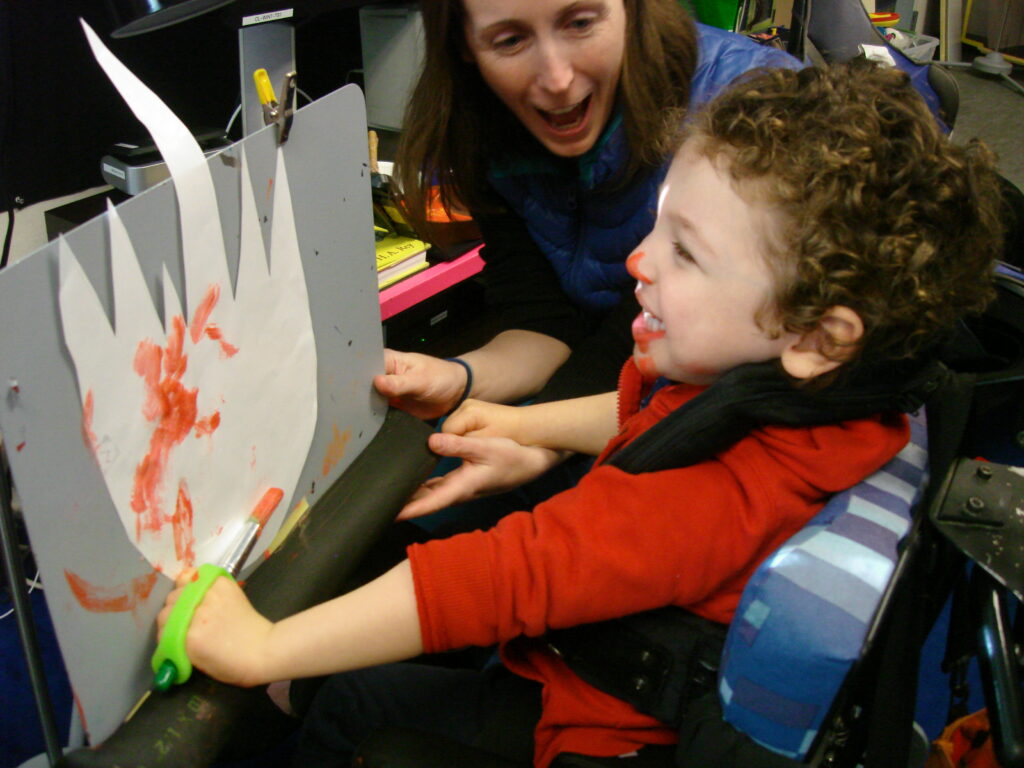
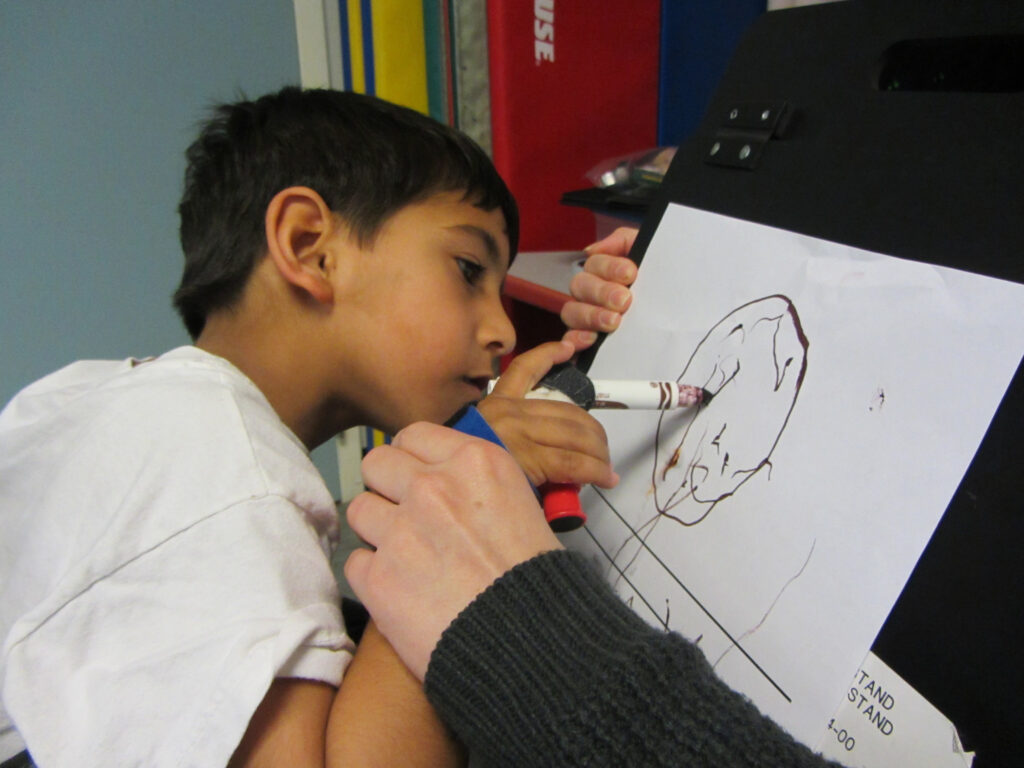
AAC and AT
- AAC system development (no-tech, low-tech, high-tech)
- Vocabulary
- AT tools (switches, seating, mounting, etc.)
In addition to their personalized AAC systems, students are able to express meaningful choices, make comments, ask questions and generally initiate conversations within Center’s activities by utilizing the objects to communicate more information. For some students, we take a picture of the object and incorporate that icon within their AAC system. With the pretend play and art areas more visually highlighted, students can utilize their vision to look towards that area to communicate a choice on where to go, make a comment, ask a question or initiate a conversation.



